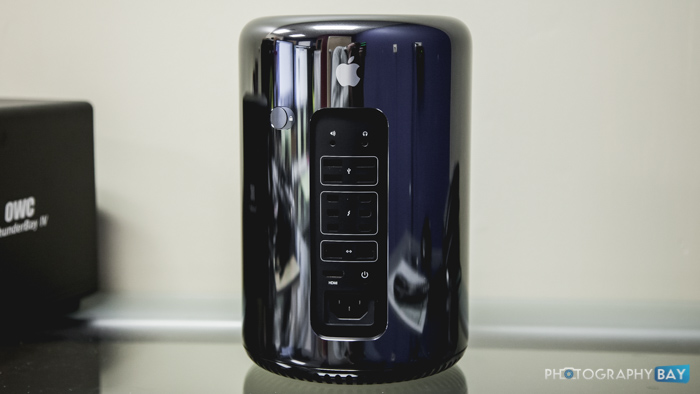
Apple took what felt like forever to make a meaningful update to the last generation of the Mac Pro. The big, aluminum tower had been the symbol of the professional Mac user since 2003 when Apple released it with the Power Mac G5. When Apple switched to Intel chips, it became the Mac Pro in 2006 and received periodic updates through 2010.
When Apple made the 2012 Mac Pro update, many professional users flipped out over the incremental updates and the failure to include modern I/O options like USB 3.0 and Thunderbolt, a technology that Apple had been pushing hard in its laptops. A Facebook group entitled “We Want a New Macpro” surfaced and became a rally point for thousands of professional users – the most vocal of which were heavy use video editors.
Apple seemed to have received the message that impatient professional users were leaving (or threatening to leave) for a more modern hardware experience on Windows workstations. Shortly after the 2012 refresh, Apple CEO Tim Cook confirmed that a new Mac Pro would be delivered in 2013.
Then, at WWDC in June 2013, Apple unveiled the new Mac Pro. The shock of the design quickly led to memes all over the Internet, likening the new machine to everything from trash cans to coffee makers.
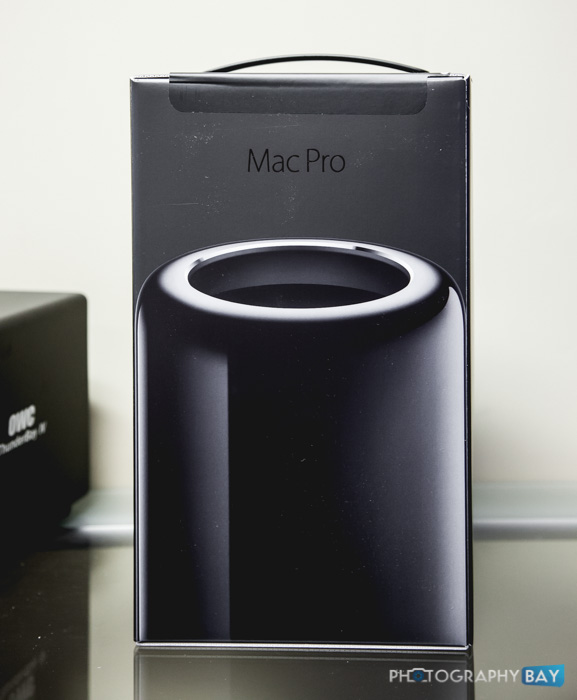
Then came the real questions about power, capability and expandability. For some, the answer was quick and easy – one way or the other.
I’ve been using the new Mac Pro for a few months now and decided to share my thoughts here. It is equipped with the 6-Core 3.5GHz Xeon E5 option with 16GB of RAM, 256GB PCIe flash drive and dual AMD FirePro D5000 3GB cards.
This machine spends most of its time under load as a video editing machine for Premiere Pro CC and also a fair bit of time in After Effects, Photoshop and Lightroom.
As a video editing machine, the need for external storage is obvious since it only has a meager 256GB internal drive. Keeping it clean is a requirement because it can fill up quickly if I get sloppy with preview files.
Storage Setups and Challenges
I attached an OWC ThunderBay 4 with four 4TB WD drives inside and configured it in RAID 0 for 16TB of storage as the primary working drive.
Rather than spending the Thunderbolt money on a second drive for backup, instead I chose to go with the OWC Mercury Elite Pro Qx2, which connects via USB 3.0, also with four 4TB drives inside and configured in RAID 0. It backs up the ThunderBay 4 production drive.
The ThunderBay 4 features dual Thunderbolt 2 ports to pair with the Mac Pro’s Thunderbolt 2 ports. The second port allows it to daisy chain other Thunderbolt and Thunderbolt 2 devices to the Mac Pro. At $1179, the ThunderBay 4 is one of the more affordable four-bay Thunderbolt drives out there.
Performance
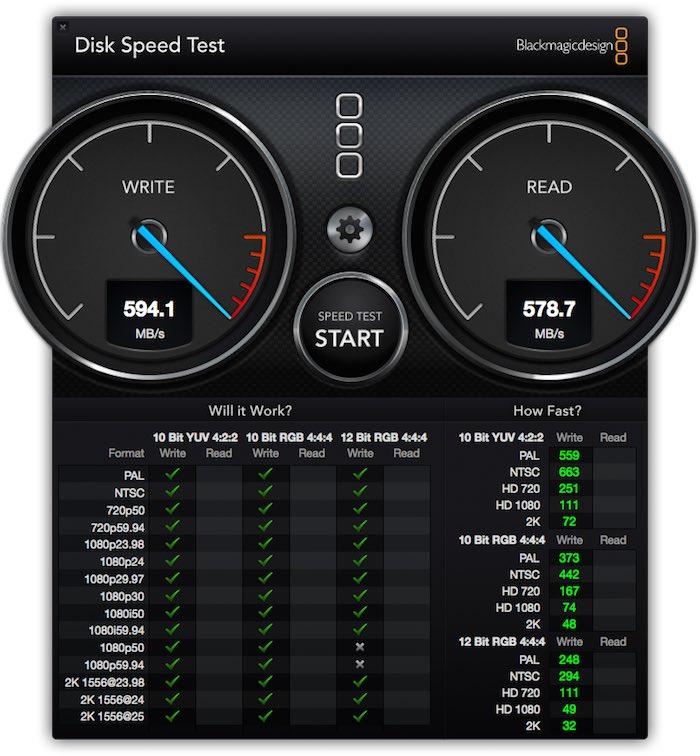
ThunderBay 4 Speed Test
The ThunderBay 4 performance over a Thunderbolt 2 connection is fantastic. I am seeing close to 600MB/s read and write speeds, which handles everything that I can throw at it. As noted above, I don’t need that kind of performance on my backup drive, so the OWC Mercury Elite Pro tops out just under 250MB/s – still nothing to laugh at.
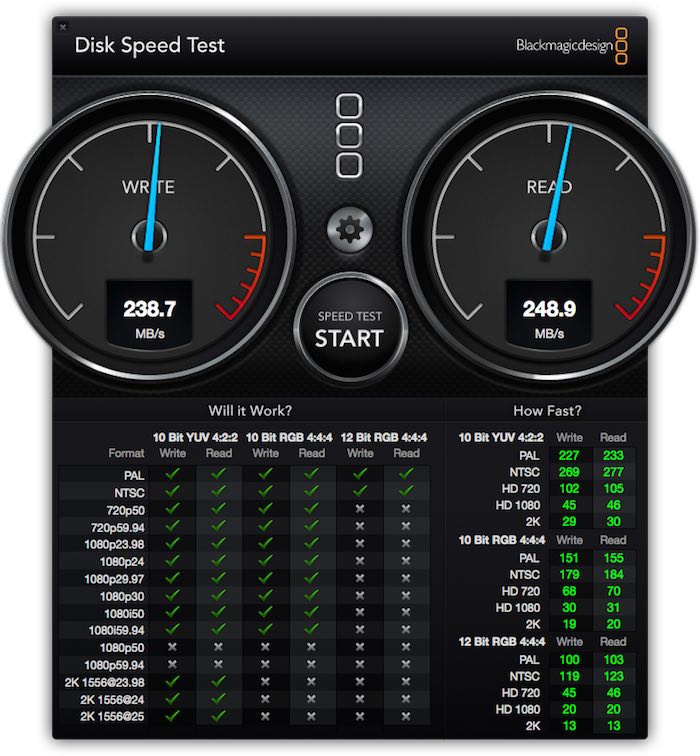
OWC Mercury Elite Pro Qx2 Speed Test
Both of these are great performers at relatively affordable prices. If you want to manage projects on your Mac Pro and the archive them on external storage later, then you had better spring for a much larger internal drive. With a conservative number of applications installed and various temp files hanging around on my desktop, my daily free space hovers between 120-180GB.
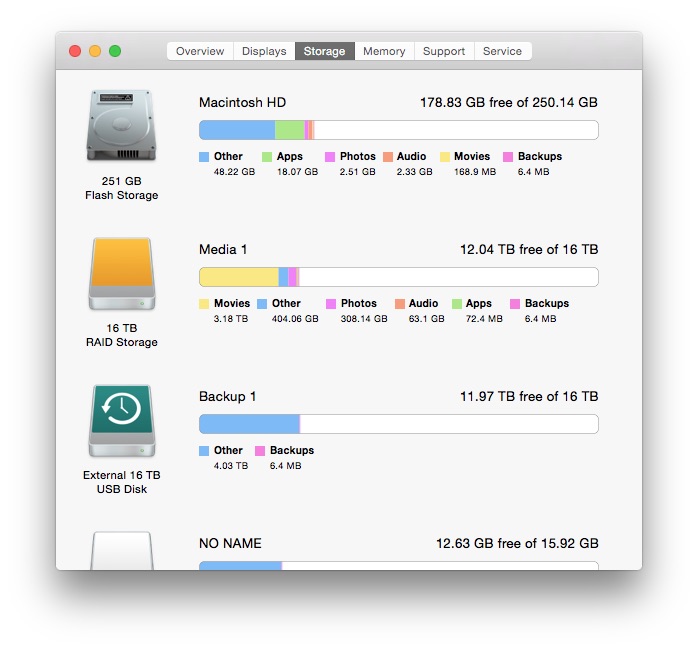
Mac Pro Drive Usage
The Mac Pro can be upgraded at purchase from Apple to a 1TB flash drive for an extra $800. However, OWC offers a 2TB self-install option for $1479 and includes an external USB 3.0 case to use with the drive you pull from your Mac Pro. I am okay with using the external production drives for now but the internal flash drives scream at over 900MB/s read and 740MB/s write speeds.
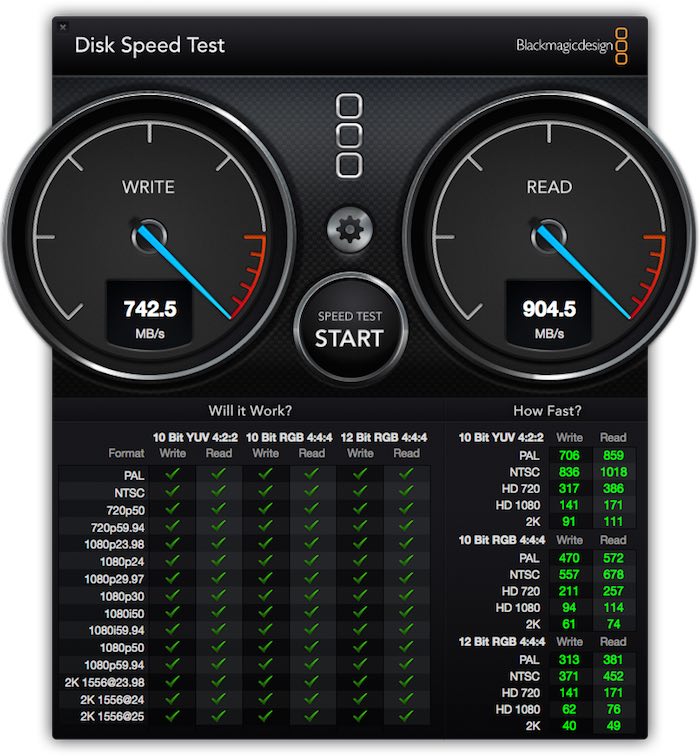
Mac Pro Internal Speed Test
The performance of this machine as a whole is no joke. It kicks butt on some benchmarks. In practical use, however, it’s a bit hit and miss with some applications. Part of that is Apple, part of that is software (I’m looking at you Adobe).
The big downer is Adobe After Effects, which I knew going into this was still running on archaic code and fails to take full advantage of hardware on so many modern machines. I am probably a little low on RAM for optimal performance in AE as well, but its not really going to matter much. After Effects doesn’t use the biggest asset of the machine for video processing – the dual GPUs. If Adobe does one thing to AE this year, just please let it be enabling a GPU-accelerated workflow.
I spend most of my time in Premiere Pro though and, generally speaking, the new Mac Pro just crushes it with Premiere Pro. While I haven’t noticed a big difference in my timeline playback, I see a massive jump in overall render times. H.264 renders just fly by. Previous renders that would put me in the 2-hour range on the 2010 Mac Pro are cranked out in 10-15 minutes thanks to Mercury Engine GPU acceleration. Render bars are almost a thing of the past.
I really see little difference other than startup times with Photoshop and Lightroom; however, I am not really pushing heavy duty 3D work in Photoshop where I would notice a difference in taxing the system.
I am just starting to test a workflow with Davinci Resolve 11 since it added full NLE functionality; however, by most reports it should handle it quite well. Resolve 11 takes full advantage of the dual GPU setup in the new Mac Pro so I am very anxious to try to push it a bit.
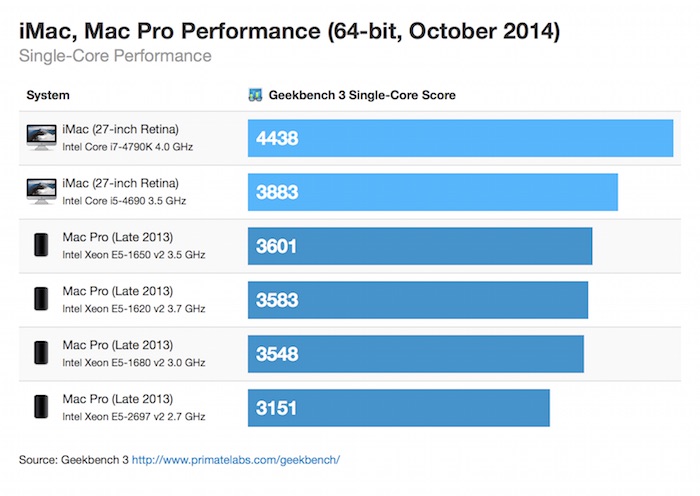
The Intel Xeon E5 processors in the MacPro aren’t quite as fast on single-core tasks as the latest iMacs using Core i7 and i5 Haswell processors; however, the performance is substantially better as you up the number of cores in multi-core tasks.
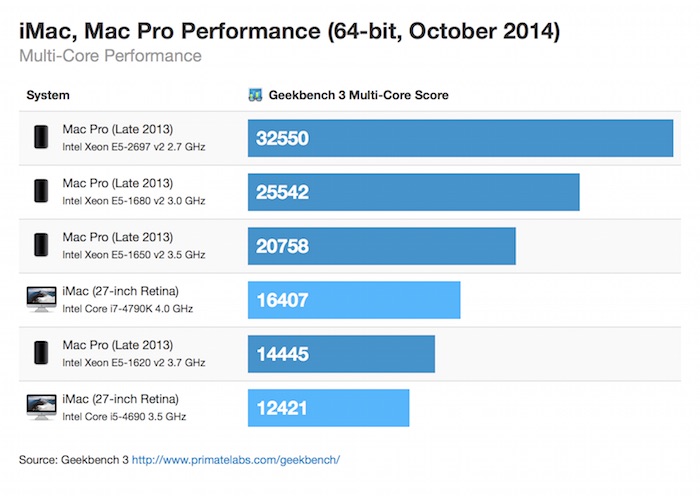
The Mac Pro is equipped with fans on the top and bottom, which seem very efficient. They are also very quiet. I honestly don’t notice them running very often. I sometimes try to remember to feel for them pushing air out the top when I’m rendering out video files. It is just crazy how much air it pushes and how hot it is when it is in the middle of a heavy render.
Expansion and Connectivity
My biggest gripe with the new Mac Pro is expandability. I loved the big, heavy, spacious towers. Four internal hard drives and plenty of expansion slots.
Now, we have this:
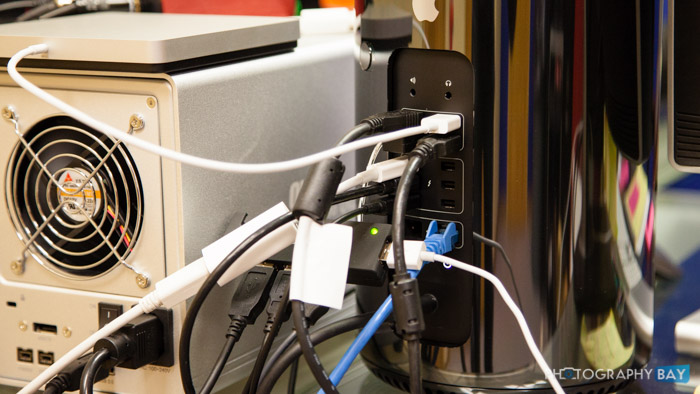
I want to scream every time I look at this. I can’t even connect all of my USB peripherals without using two USB hubs. Is this really what Tim Cook had in mind for this generation of professional users?
For all of the amazing engineering and beautiful design work that went into this Mac Pro, this is what it looks like when it is put to use in a professional environment. Thanks Apple.
With my rant about the rat’s nest of cables out of the way, let’s talk about what is actually going on back here for the sake of expansion.
Four USB ports and six Thunderbolt ports. At the very least, this is backwards. Thunderbolt is not mainstream enough yet to sacrifice USB ports for Thunderbolt ports.
Apple’s own peripherals don’t even use Thunderbolt ports. I have a USB Superdrive and USB keyboard connected because Apple doesn’t sell Thunderbolt versions of those devices. If it did, I could lose a hub and Apple could maybe justify the six Thunderbolt ports. As if that’s not bad enough, the Superdrive MUST be plugged in directly to the Mac Pro. It is apparently just too good for hubs.
On the Thunderbolt side, I can daisy-chain up to six devices for each of the six Thunderbolt ports. That’s almost a silly proposition. However, I have the ability to connect 36 Thunderbolt devices without using a hub or splitter of some sort, but I can only use four USB devices.
Additionally, I know that Apple is all about a clean design but I really could use some ports up front. While I use a Focusrite Scarlett 2i2 for my audio I/O (in one of my USB ports, of course), I suspect that many users would appreciate the headphone port to be more easily accessible. Likewise, a memory card reader would be a great port to put on the front. Of course, as you might guess, having some USB ports in the front would be great but we know from years of using iMacs that will never happen.
I will admit, however, that a RAID array connected via Thunderbolt is a pretty easy storage solution and a solid production environment as compared to the internal setup of the previous generation Mac Pro. Having a single and extremely fast media drive on which to organize all of my media has been a fantastic upgrade over the collection of external and internal drives on the prior Mac Pro. I would have installed an eSATA card and purchased a hard drive array for a RAID 0 configuration, but I knew Thunderbolt was on the horizon, so I held off on that investment.
A Thunderbolt dock with additional USB 3.0 ports and other expansion ports might be on deck for me soon. The accessibility on the rear of the Mac Pro is just annoying in daily use.
I have not used the HDMI port to date. Right now, I’m running a Dell U2713HM 27″ IPS display off a Mini DisplayPort-to-DisplayPort cable. It is a fantastic monitor and works very well with the Mac Pro running at 2560 x 1440 resolution. I briefly toyed with the notion of using a 4K monitor; however, it just seemed a little overkill for me right now to spend the extra cash on a solid 4K IPS display. I have enjoyed the 2.5K resolution of my iMac and HP ZR2740w setup, so I decided to stick with this resolution. I’ll be the first to admit though that the 5K iMac made me think twice before pulling the trigger on the Mac Pro upgrade. The dual GPU and primary use of the Mac Pro as a video editing workstation, however, were the deciding factors.
Chasing the Perfect Computer
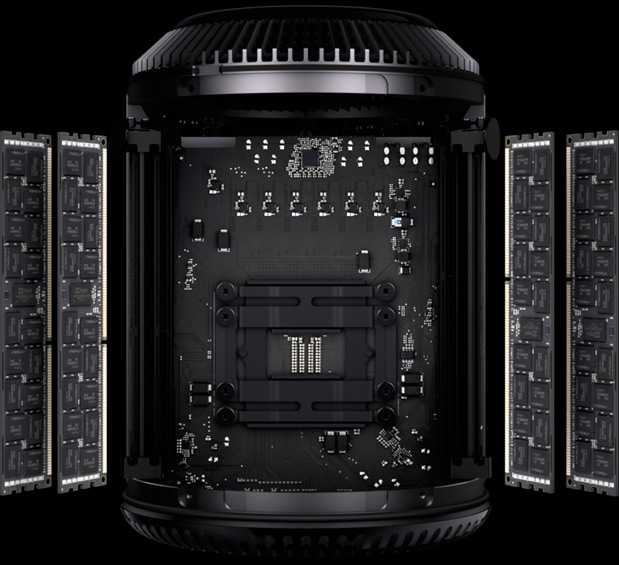
Mac Pro RAM Slots
One thing Apple has done over the years is dole out change – in rather heavy doses. Apple gave us the personal computer with the Apple II, the GUI, the mouse, the affordable NLE, the iPod, iPhone and iPad. All of these were met with plenty of resistance along the way and those who said the wouldn’t work were so very wrong.
The difference now though is that Steve Jobs isn’t around to drive the Apple train anymore and his fortune-teller instincts aren’t a part of the fiber of products before they leave the door. I haven’t read anywhere about Jobs’ thoughts on the new Mac Pro before he passed, but it is such a radical departure from what he introduced in the last generation, I wouldn’t be surprised to learn that he had a strong hand in the direction of this new machine.
I’ve used so many Macs over the years dating back to my 1980’s childhood with the Macintosh. For the most part, I have loved the Apple ecosystem and could probably be labeled as some level of an Apple fanboy. I still feel like Apple is putting out the best machines and computing experiences in the world.
I have tried Windows systems on and off over the years dating back to Windows 95 with varying levels of success and strong language mixed in. I generally despise the Windows environment and the mess created with installing drivers for use with professional software applications. Mac has them too; however, on Windows, it seemed that I was always chasing a patch or a bug. I think it’s fair to say that I’m not the only one who feels this way about Windows PCs.
Is the new Mac Pro the perfect computer?

Heck no. I think that I have given plenty examples of its shortcomings. It has its fair share of compromises for the professional user; however, if it came in tower form with Thunderbolt ports, my current production drive setup would still be the same. I love what OWC has done with the relatively affordable ThunderBay 4 array. I don’t require any PCI expansion cards that I can’t otherwise get in external boxes.
A better I/O experience would make a world of difference but a better selection of Thunderbolt accessories would help as well. We’ll see those soon and that will be well within the 5-6 year life span of this computer for me.
Performance-wise, it is about all I could ask for from a desktop. The dual GPU inside delivers performance in spades. It has nearly been a life-changer in GPU-accelerated render times alone. It is simply a rock-solid, powerhouse of a machine that I love and hate just a little bit at the same time.
If your I/O requirements are incompatible with the Mac Pro, then I’m surprised you made it this far. If you are looking for the best Mac to date, then consider your GPU requirements and decide between this and the also very attractive Retina iMac.
You can find the various Mac Pro options here at B&H Photo.
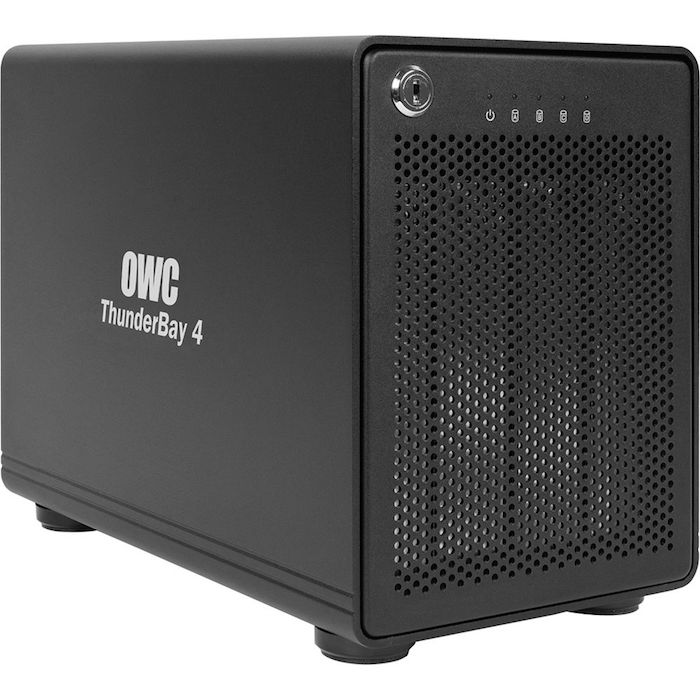
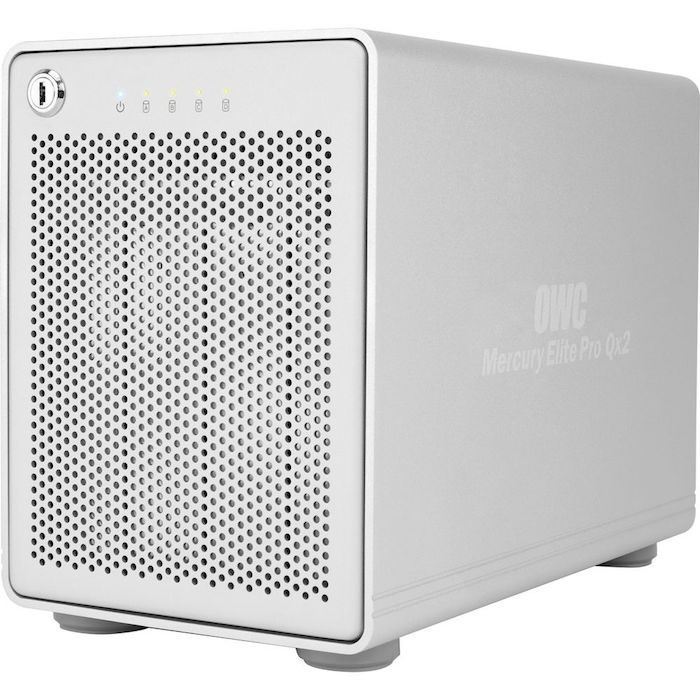
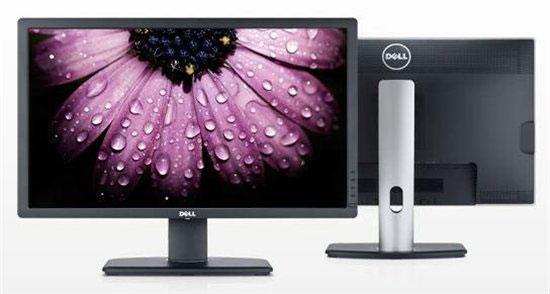


My configuration would be:
6 core XEON with the top GPU cards
32GB ram
1TB internal SSD from OWC
2x 27″ Apple 27″ Thunderbolt Cinema screens, daisy chained
Promise Pegasus Thunderbolt box in RAID10 (either 4 or 6 bays), used for media storage and TimeMachine target
Synology NAS for backup of the Pegasus, external photo, video and blog server (If I am paranoid, then use two Synology boxes and split external stuff to one and backups to the other)
LaCie Thunderbolt (& USB3) 1TB external drive for daily cloning using Carbon Copy Cloner
Headphone out fed to a Behringer mini mixer and powered speakers
USB 3
-card reader,
-external SATA drive mount
-Wacom tablet
-keyboard + mouse (or these could be Bluetooth)
Powered via UPS.
No shortage of ports that I can see. If necessary, I could add a TB bar to give further USB connectivity, or use a powered hub.
I have the new 6-core Mac Pro with LaCie 1TB Little Big Disk Thunderbolt-2 Solid State Drive and HGST 4TB Touro Deskpro Hard Drive 7200 RPM ext USB 3.0 HDD. My monitor is a 28″ Dell 4K UHD and I use Final Cut Pro X to edit my 4K UHD videos from my GH4 and it sure beats my full tower (Coolermaster HAF 942) PC with Windows 8.1 that has all the fan noise from all of the fans on the graphic card, CPU, memory, case etc.
WoW!! Mac Pro, Design is very beautiful.